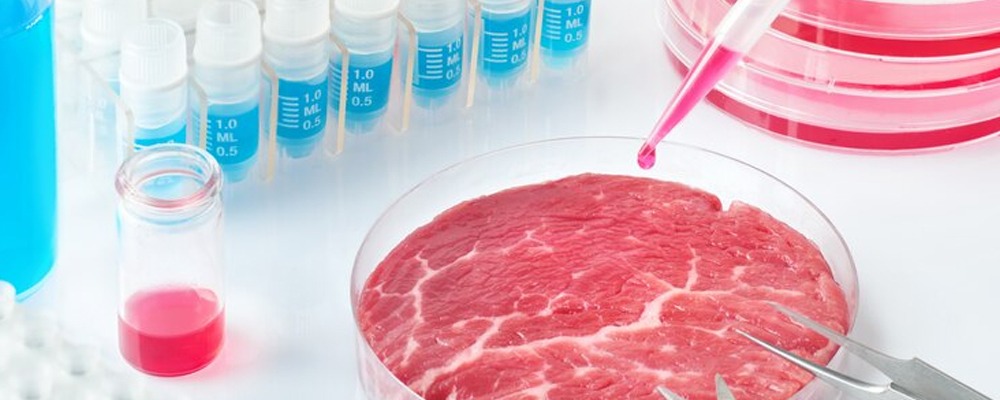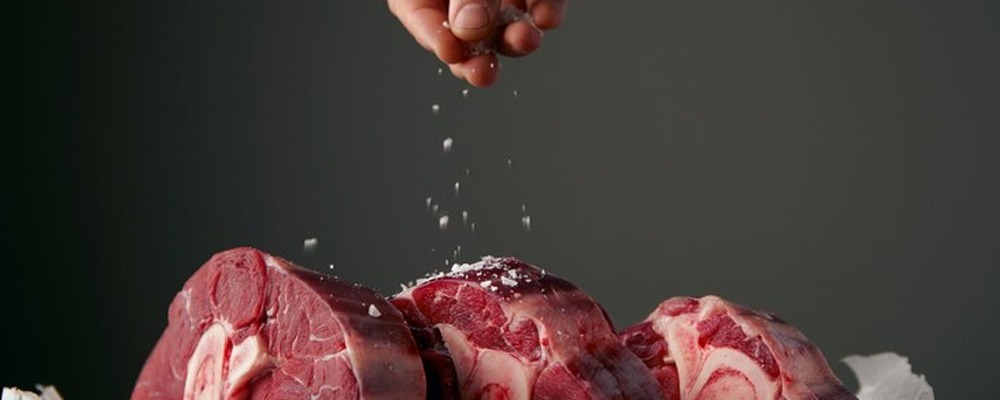The culinary world revolves around creating dishes that delight the senses, and few ingredients command as much attention as meat. From the succulent tenderness of a perfectly grilled steak to the rich, savoury notes of cured meats, the flavour and texture of meat are central to the dining experience. While traditional techniques like marinating, curing, and slow cooking have long been employed to enhance meat’s qualities, enzymes are now playing a transformative role in achieving unparalleled flavour and texture. These biological catalysts are revolutionising the meat industry, offering innovative solutions to meet the demands of modern consumers.
The Science Behind Enzymes
Enzymes are proteins that act as catalysts, accelerating chemical reactions without being consumed in the process. In the context of meat processing, enzymes facilitate the breakdown of proteins, fats, and connective tissues, thereby enhancing both flavour and texture. Their specificity and efficiency make enzymes indispensable tools in the meat industry, where precision and consistency are paramount.
The application of enzymes in meat processing is not a recent innovation. Traditional practices such as using pineapple juice or papaya as natural meat tenderisers owe their effectiveness to the presence of enzymes like bromelain and papain. Modern advancements in biotechnology, however, have expanded the scope and precision of enzyme applications, enabling meat processors to achieve results that were once thought impossible.
Key Enzymes in Meat Processing

A variety of enzymes are utilised in the meat industry, each with its unique role in enhancing flavour and texture. Here are some of the most commonly used enzymes and their functions:
1. Proteases
Proteases are enzymes that break down proteins into smaller peptides and amino acids. This process, known as proteolysis, is fundamental to improving meat tenderness. Connective tissues, composed primarily of collagen, are responsible for the toughness of certain cuts of meat. Proteases, such as papain (derived from papaya), bromelain (from pineapple), and microbial proteases, target these collagen fibres, breaking them down and rendering the meat more tender.
In addition to tenderising meat, proteases contribute to flavour development. The breakdown of proteins releases peptides and amino acids that serve as flavour precursors. For example, the savoury umami notes in aged meats are a direct result of proteolysis.
2. Lipases
Lipases are enzymes that catalyse the breakdown of fats into glycerol and free fatty acids. While their role in meat processing is less prominent than that of proteases, lipases are crucial for developing the characteristic flavours of certain processed meats. The enzymatic release of free fatty acids contributes to the complex aroma and taste profiles of products like sausages, salamis, and pâtés.
Modern lipase formulations are highly specific, allowing meat processors to control the intensity and type of flavour development. This precision has opened new avenues for creating innovative meat products that cater to diverse consumer preferences.
3. Transglutaminase
Transglutaminase, often referred to as “meat glue,” is an enzyme that catalyses the formation of covalent bonds between proteins. This unique property allows transglutaminase to bind meat pieces together, creating uniform cuts from smaller or irregular portions. Beyond its structural benefits, transglutaminase enhances the texture of meat by improving its firmness and bite.
In processed meat products, such as sausages and meatballs, transglutaminase ensures a consistent texture and prevents separation of ingredients during cooking. Its ability to create cohesive meat structures has also found applications in the development of restructured meats, which maximise the utilisation of meat trimmings and reduce waste.
4. Oxidoreductases
Oxidoreductases are enzymes that facilitate oxidation-reduction reactions, playing a key role in the curing process of meats. These enzymes contribute to the development of the distinct colour and flavour of cured meats, such as hams and bacons. By promoting the breakdown of myoglobin and other muscle proteins, oxidoreductases enhance the sensory qualities of cured products.
Benefits of Enzymatic Applications in Meat Processing

The integration of enzymes into meat processing offers a myriad of benefits that extend beyond improved flavour and texture:
- Enhanced Tenderness: Enzymes such as proteases break down tough connective tissues, transforming even the most fibrous cuts into tender, palatable products.
- Improved Flavour Profiles: The enzymatic breakdown of proteins and fats releases flavour precursors that contribute to the richness and complexity of meat’s taste.
- Increased Yield: Enzymes like transglutaminase enable the creation of uniform cuts and restructured meats, maximising the use of meat trimmings and reducing waste.
- Consistency: Unlike traditional methods, enzymatic processes offer precision and repeatability, ensuring consistent quality across batches.
- Cost-Effectiveness: By improving the palatability of less expensive cuts and reducing waste, enzymes help meat processors optimise costs without compromising quality.
- Sustainability: The efficient utilisation of meat trimmings and the reduction of waste align with the industry’s sustainability goals, making enzymatic applications environmentally friendly.
Challenges and Considerations
While enzymes offer numerous advantages, their application in meat processing is not without challenges. One of the primary hurdles is cost. High-quality enzyme formulations can be expensive, particularly for small-scale producers. Additionally, the specificity of enzymes requires precise conditions, such as temperature and pH, to achieve optimal results. Deviations from these conditions can lead to inconsistent outcomes.
Another consideration is consumer perception. While enzymes are natural and safe, some consumers may view their use as an indication of overly processed foods. Transparent communication about the benefits and safety of enzymatic processes is essential to addressing these concerns.
The Future of Enzymes in Meat Processing
The future of meat processing is inextricably linked to advancements in enzymology. Innovations in genetic engineering and synthetic biology are enabling the development of enzymes with enhanced stability, activity, and specificity. For instance, engineered proteases that remain active at lower temperatures are making cold storage tenderisation a reality.
Additionally, the integration of digital technologies, such as artificial intelligence and machine learning, is facilitating the optimisation of enzymatic processes. By modelling and predicting enzymatic reactions, these tools enable meat processors to achieve consistent and high-quality results.
Biolaxi Enzymes: Driving Innovation in Meat Processing
At Biolaxi Enzymes, we recognise the transformative potential of enzymes in the meat industry. With over a decade of expertise in enzyme based formulations, we are dedicated to providing advanced solutions tailored to the unique needs of meat processors. Our portfolio includes a diverse range of high-quality enzyme formulations designed to enhance the flavour, texture, and sustainability of meat products. Whether you’re looking to create tender steaks, develop innovative processed meats, or improve the efficiency of your production processes, Biolaxi Enzymes has the expertise and products to help you succeed.




